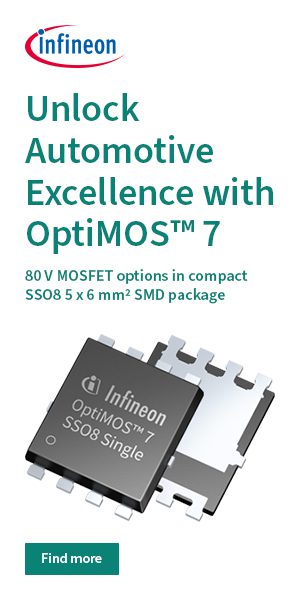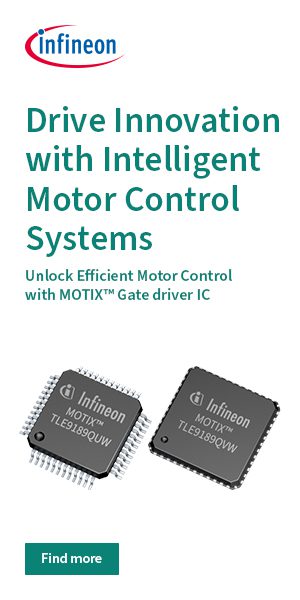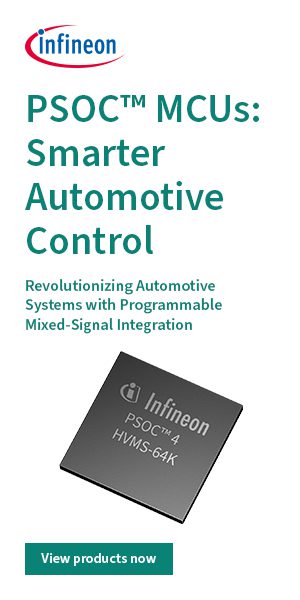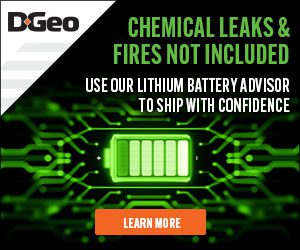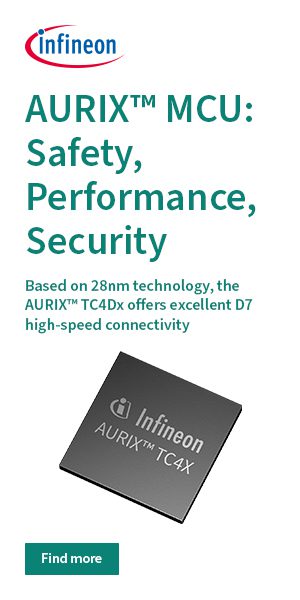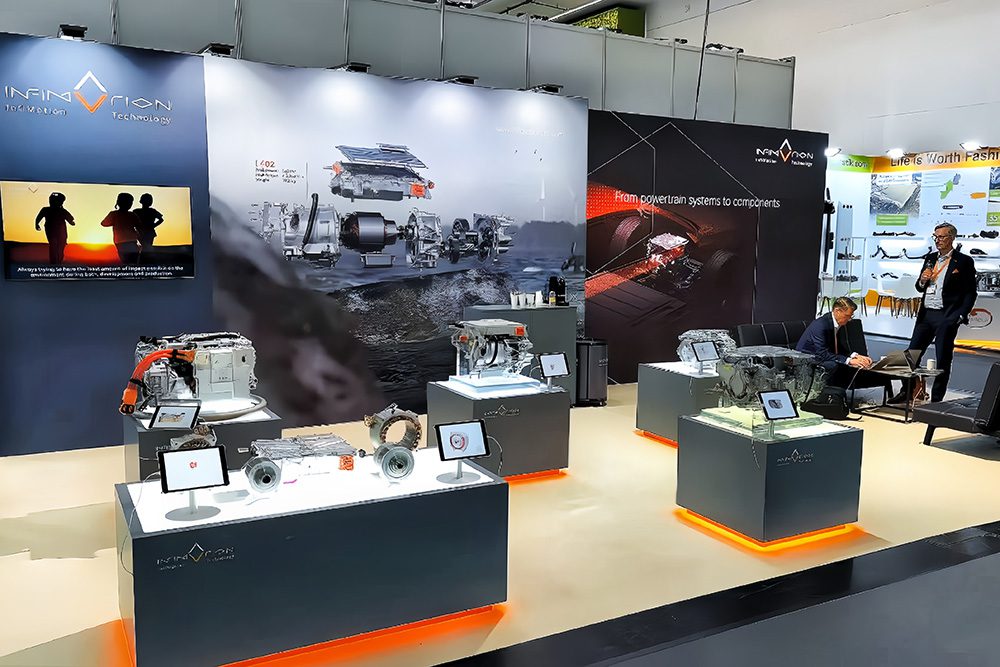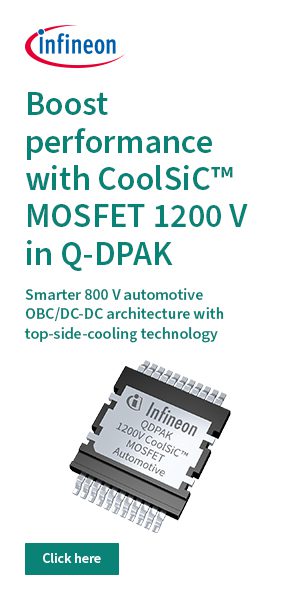Clarios, a supplier of low-voltage energy storage solutions, has announced the acquisition of Maxwell Technologies, a manufacturer of supercapacitor cells and modules. Clarios says this acquisition will enhance its position in high-performance, short-duration energy storage. Specific terms of the transaction have not been disclosed.
Maxwell Technologies’ supercapacitors are engineered to provide rapid charging and discharging, handling up to 1 million cycles and operating across a temperature range from minus 40 °C to 65 °C. Clarios says that these modules require no maintenance or additional fire-risk mitigation, addressing reliability and longevity challenges in energy storage designs.
In 2019, Tesla acquired Maxwell Technologies, which many believed had less to do with its pioneering work with supercapacitors (aka ultracapacitors) than with its “dry electrode” technology—a far simpler way to make the anodes and cathodes that form a battery cell.
In 2021, UCAP Power, a San Diego-based developer of ultracapacitor-based power solutions, purchased the Korean-based ultracapacitor business of Maxwell Technologies, along with other related assets, including the Maxwell brand.
Clarios states that integrating supercapacitor technology supports its supply chain stability for both US and global original equipment customers, specifically within the EV and broader mobility sector. The acquisition also aligns with Clarios’ focus on battery circularity and low-voltage energy storage innovation.
In addition to applications in automotive systems, Maxwell Technologies’ supercapacitors are also used in grid stabilization, power for data centers, energy generation, military, transportation and industrial automation. Maxwell has shipped over 85 million supercapacitor cells to date, according to Clarios.
“Maxwell’s supercapacitors are designed to provide customers with high-power energy storage solutions that emphasize reliability, safety, and long life,” said Mark Wallace, CEO of Clarios. “This integration strengthens our ability to serve our automotive customers and creates a long-term opportunity to expand our presence in non-automotive sectors. Maxwell’s existing customer relationships in Data Centers, Grid, Military and Industrial applications will be maintained and actively developed under Clarios’ leadership.”
Clarios will operate Maxwell Technologies as an independent, US-based business unit.
Source: Clarios

